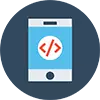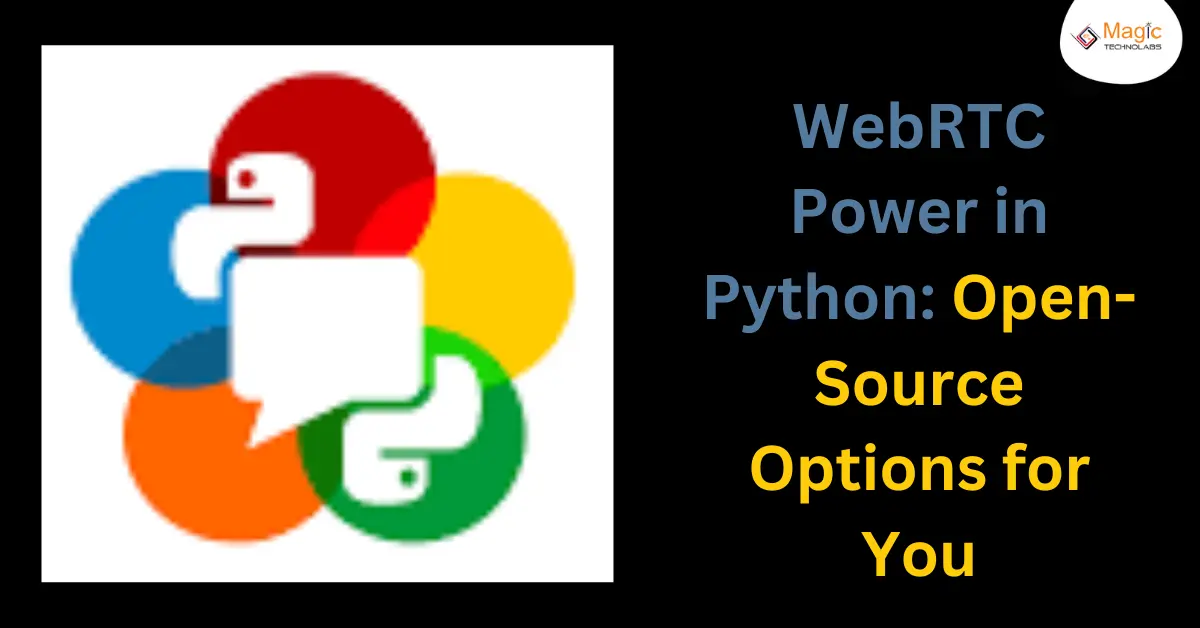The world of web development is constantly evolving, and real-time communication is at the forefront of this change. WebRTC (Web Real-Time Communication) empowers you to integrate features like video chat, audio calls, and data channels directly into your web applications. But what if you want to leverage this power with the flexibility and ease of use offered by Python? Look no further than the wealth of open-source WebRTC libraries available!
Why Python and WebRTC?
Python's popularity soars due to its readability, extensive libraries, and large developer community. Here's why it shines for WebRTC projects:
1. Simplicity: Python code is known for its clear and concise syntax, making it easier to grasp and work with WebRTC concepts.
2. Rapid Development: Open-source libraries provide pre-built functionalities, allowing you to focus on core features and accelerate development.
3. Active Community: Python boasts a vast and supportive developer community, offering valuable resources and assistance when needed.
Open-Source Libraries for Unleashing WebRTC Power
Now, let's explore some of the top open-source Python libraries that unlock the power of WebRTC:
1. aiortc: This asynchronous library is built on asyncio, making it perfect for building performant real-time applications with Python.
2. pyjsip: This library offers a Python interface for the powerful JSIP (JavaScript Session Initiation Protocol) library, simplifying WebRTC signaling.
3. easywebrtc: True to its name, easywebrtc provides a user-friendly API for implementing basic WebRTC features like video chat and data channels.
These are just a few examples, and the options continue to grow. Choosing the right library depends on your project's complexity and specific needs.
Getting Started with Your WebRTC Project
Here's a quick roadmap to kickstart your WebRTC journey with Python:
1. Choose a Library: Research and select a library that aligns with your project requirements and your level of experience.
2. Explore Documentation: Most libraries offer comprehensive documentation and tutorials to guide you through the setup and core functionalities.
3. Build Your Application: Start by implementing basic features and gradually add complexity as you gain proficiency.
4. Test and Refine: Rigorous testing is crucial in WebRTC development. Ensure a smooth and seamless experience for your users.
The Future of Real-Time Communication in Python
With the help of open-source libraries, Python empowers developers to tap into the power of WebRTC. This opens doors to building innovative applications with real-time communication features, enhancing user engagement and interaction. So, explore the possibilities, choose your library, and start crafting the next generation of real-time web experiences with Python and WebRTC!
















